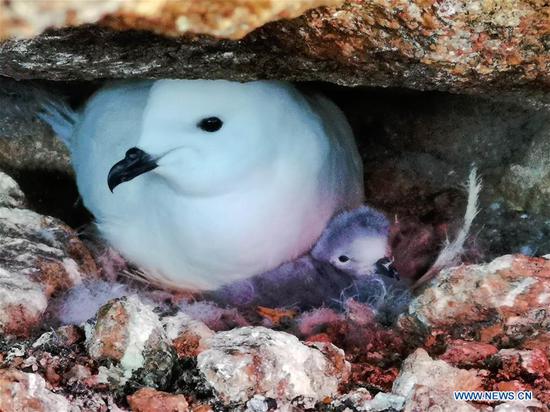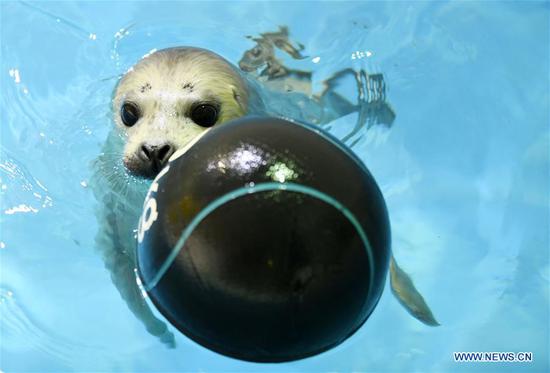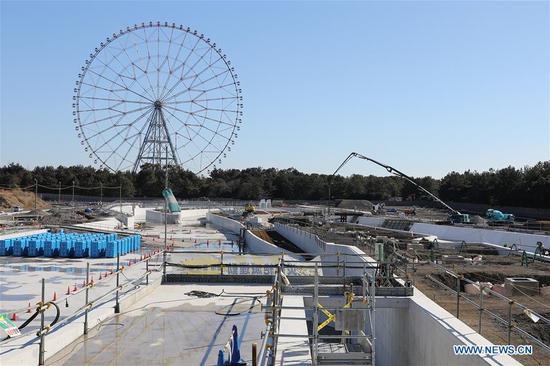After spending a record-breaking 15 years on Mars, NASA's Opportunity finally ended its mission Wednesday as attempts to wake up the silent rover proved futile.
NASA announced Opportunity mission complete at a press conference at the agency's Jet Propulsion Laboratory (JPL) in Pasadena, California, following NASA's last attempt to communicate with the rover on Tuesday night which got no response.
The rover last communicated with Earth on June 10, 2018, as a planet-wide dust storm blanketed the solar-powered rover's location on Mars. It has not been heard from for eight months since then.
Opportunity likely experienced a low-power fault, a mission clock fault and an up-loss timer fault, according to the mission team.
Team members have tried to rouse the rover ever since, and radiated more than a thousand commands to restore contact.
The final transmission, sent via the 70-meter Mars Station antenna at NASA's Goldstone Deep Space Complex in California, ended a multifaceted, eight-month recovery strategy in an attempt to compel the rover to communicate.
"We have made every reasonable engineering effort to try to recover Opportunity and have determined that the likelihood of receiving a signal is far too low to continue recovery efforts," said John Callas, project manager for Opportunity.
"Saying goodbye is hard, but it comes the time," Callas said.
"It is because of trailblazing missions such as Opportunity that there will come a day when our brave astronauts walk on the surface of Mars," said NASA Administrator Jim Bridenstine.
"And when that day arrives, some portion of that first footprint will be owned by the men and women of Opportunity, and a little rover that defied the odds and did so much in the name of exploration," Bridenstine said.
The golf-cart-sized rover far exceeded its planned 90-day mission lifetime. It has worked for nearly 15 years and traveled over 45 kilometers by the time it reached its most appropriate final resting spot on Mars - Perseverance Valley.
"Whatever loss we feel now must be tempered with the knowledge that the legacy of Opportunity continues - both on the surface of Mars with the Curiosity rover and InSight lander - and in the clean rooms of JPL, where the upcoming Mars 2020 rover is taking shape," said Thomas Zurbuchen, associate administrator for NASA's Science Mission Directorate.
Opportunity landed in the Meridiani Planum region of Mars on Jan. 24, 2004, seven months after its launch from Cape Canaveral Air Force Station in Florida. Its twin rover, Spirit, landed 20 days earlier on the other side of Mars. Spirit logged almost eight kilometers before its mission wrapped up in May 2011.
First among the mission's scientific goals was to search for and characterize a wide range of rocks and soils for clues to past water activity on Mars, according to NASA.


















































